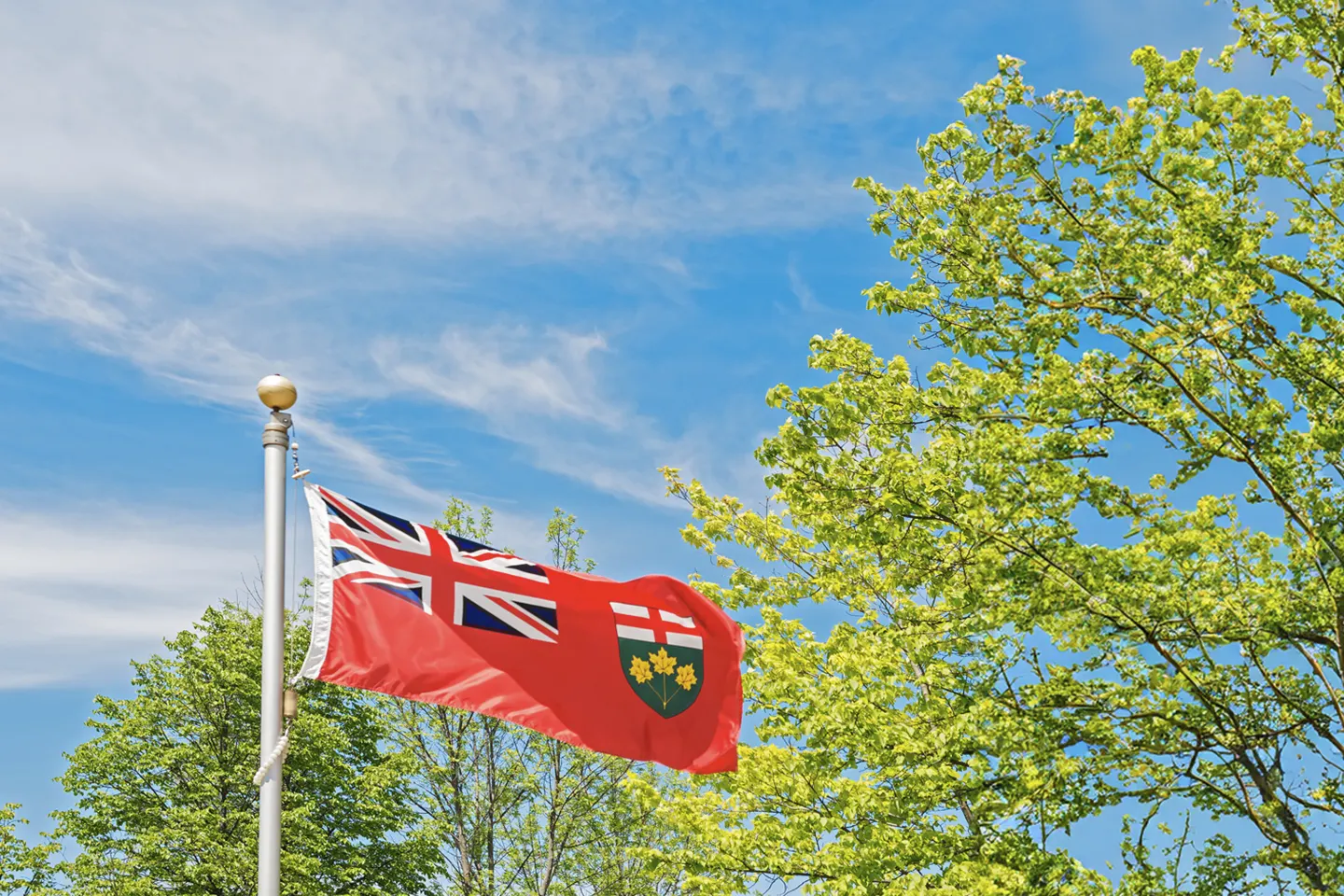Launch of Federal Output-Based Pricing System Proceeds Fund

Yesterday, Minister of Environment and Climate Change Steven Guilbeault launched the Output-Based Pricing System Proceeds Fund, a new program to support industrial initiatives that reduce greenhouse gas (GHG) emissions by deploying clean energy and clean technology.
The OBPS is one of two elements under the federal carbon pricing system, along with the fuel charge on consumption. It covers facilities from heavy-emitting industrial sectors in provinces without a pricing system for industrial emitters, including Manitoba, Saskatchewan, New Brunswick and Ontario (for the years 2019 to 2021).
The programs announced yesterday will invest the proceeds from the 2019 compliance period of the OBPS, which amount to $161 million. Funds will be invested in projects that reduce emissions from covered facilities in the jurisdictions they were collected.
The program has two streams: the Future Electricity Fund and the Decarbonization Incentive Program.
The Future Electricity Fund
The Future Electricity Fund (FEF) will support clean electricity projects and/or programs. Proceeds collected from electricity generating facilities covered by the OBPS will be returned through funding agreements with governments of jurisdictions where the federal carbon pollution pricing system currently applies or applied in the past (in the case of Ontario).
Details of the funding arrangements with provinces were not revealed, but it is expected they will be reinvested via provincial programs or directly towards clean electricity projects.
The Decarbonization Incentive Program
The Decarbonization Incentive Program (DIP) is a merit-based program to support uptake of clean technology in all non-electricity generating OBPS facilities. The program will support single or multi-year projects to accelerate the deployment of commercially available and/or proven low-carbon technologies and processes in Manitoba, New Brunswick, Ontario and Saskatchewan.
Applications will be accepted on an ongoing basis until all funding within a respective eligible province has been allocated.
For-profit organizations are eligible to a maximum of 30% of eligible costs. Public sector, non-for-profit facilities are eligible to up to 40% of eligible costs. Applicants may request between $500,0000 and $10 million per project.
To be considered for funding under the program, the project must occur at an eligible facility and result in GHG emissions reductions. To be eligible, these GHG emissions reductions must be:
- Material in the year 2030 and measurable over the lifetime of the project;
- Affecting sources of GHG emissions either within the facility’s direct control and/or from acquired sources of energy such as electricity or purchased heat/steam; and,
- Incremental to GHG emissions reductions obtained by other required actions, such as regulatory requirements or business-as-usual maintenance and repairs.
Clean electricity or fuel production must be predominantly for own-use (majority, or 50% or more, of energy content must be able to be used within the facility’s own operations). The application guide specifically references that electricity generating assets must be “behind the fence”.


